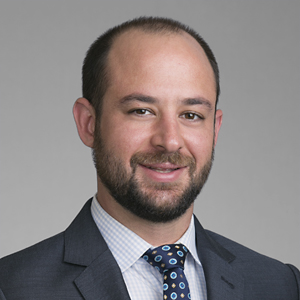
Special Counsel | Real Estate
On August 3, 2020, in Shelbourne BRF LLC, Shelbourne 677 LLC v. SR 677 BWAY LLC, the Supreme Court of the State of New York (the “Court”) granted the borrower plaintiffs’ motion for a preliminary injunction and prohibited the lender defendant from proceeding with a UCC foreclosure until October 15, 2020. This is the second decision in New York which halted or delayed a UCC foreclosure as a result of the COVID-19 pandemic. While the Court did not expressly refer to the earlier case which granted an injunction to D2Mark LLC on June 23, 2020, temporarily preventing the foreclosure of the indirect equity interests of the owner of the leasehold estate in The Mark Hotel, the Court in Shelbourne reached a similar conclusion – that a UCC foreclosure may not be commercially reasonable and “that the equities of merely delaying the sale weigh in [the plaintiffs favor].”
Read More »









